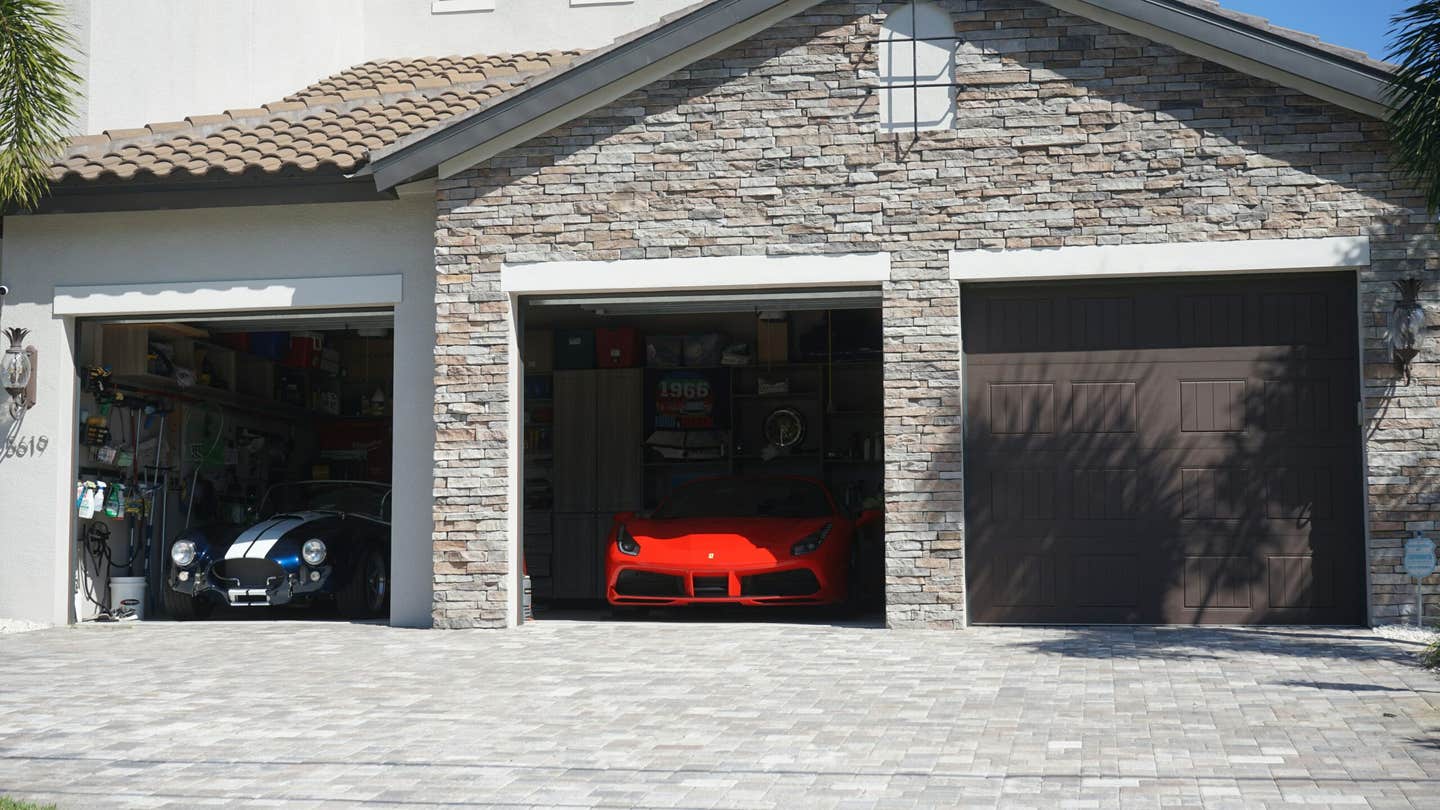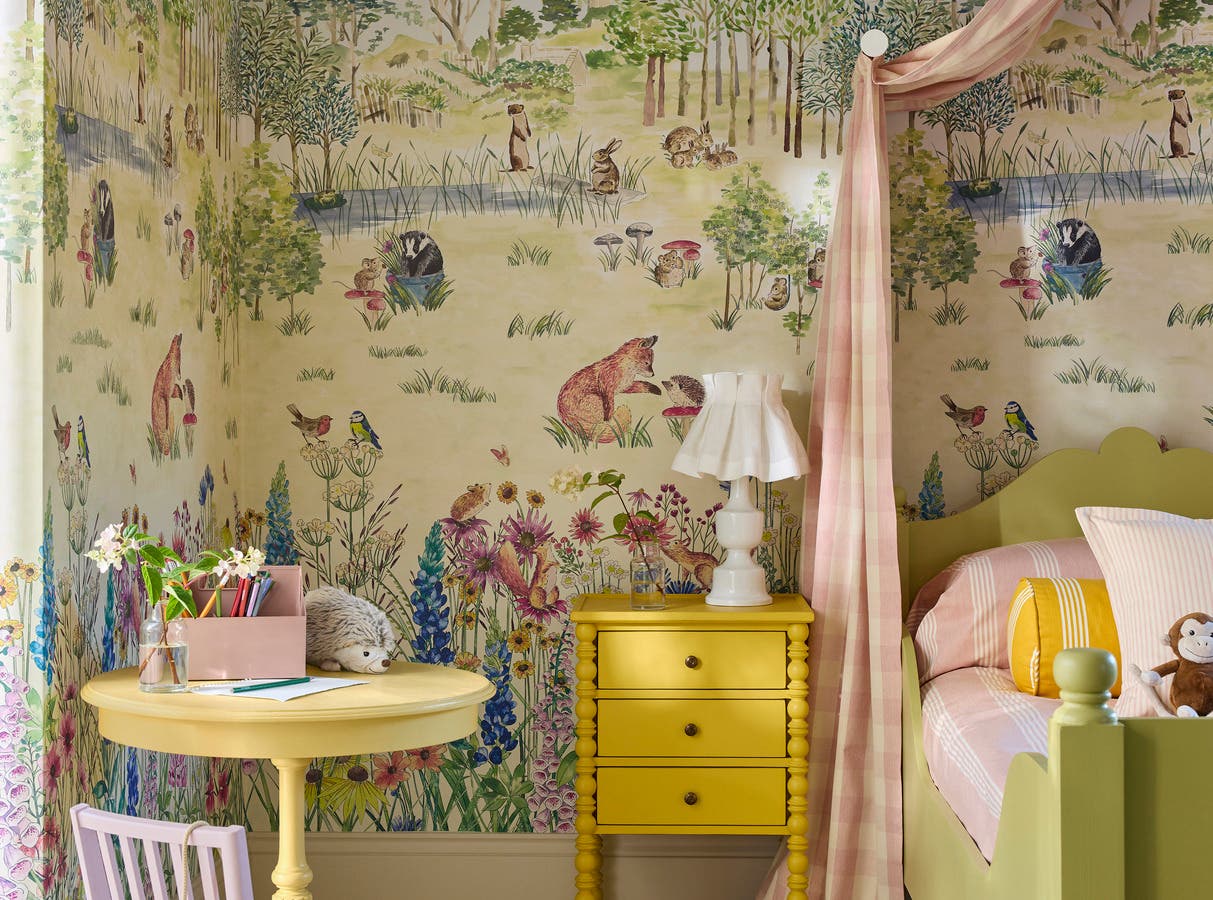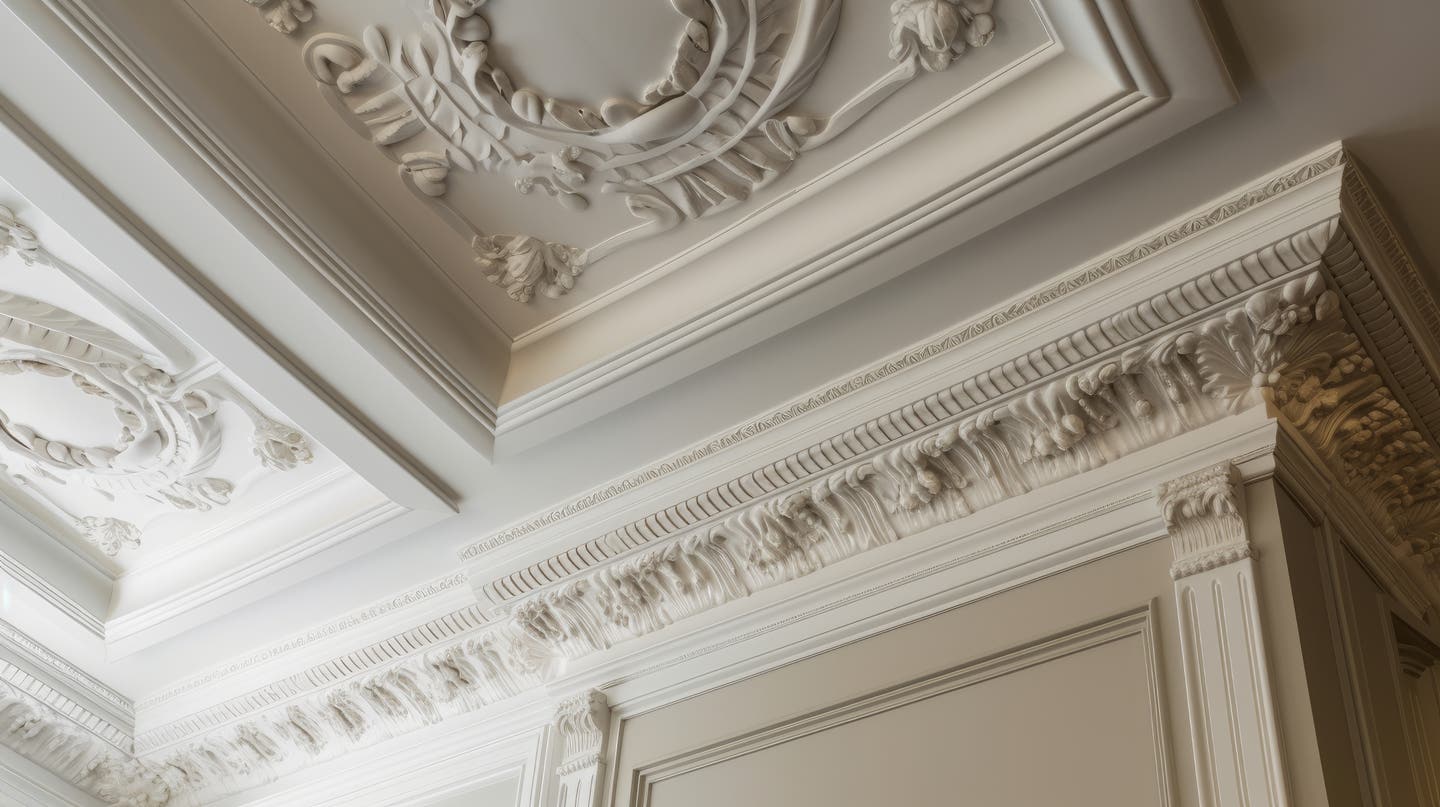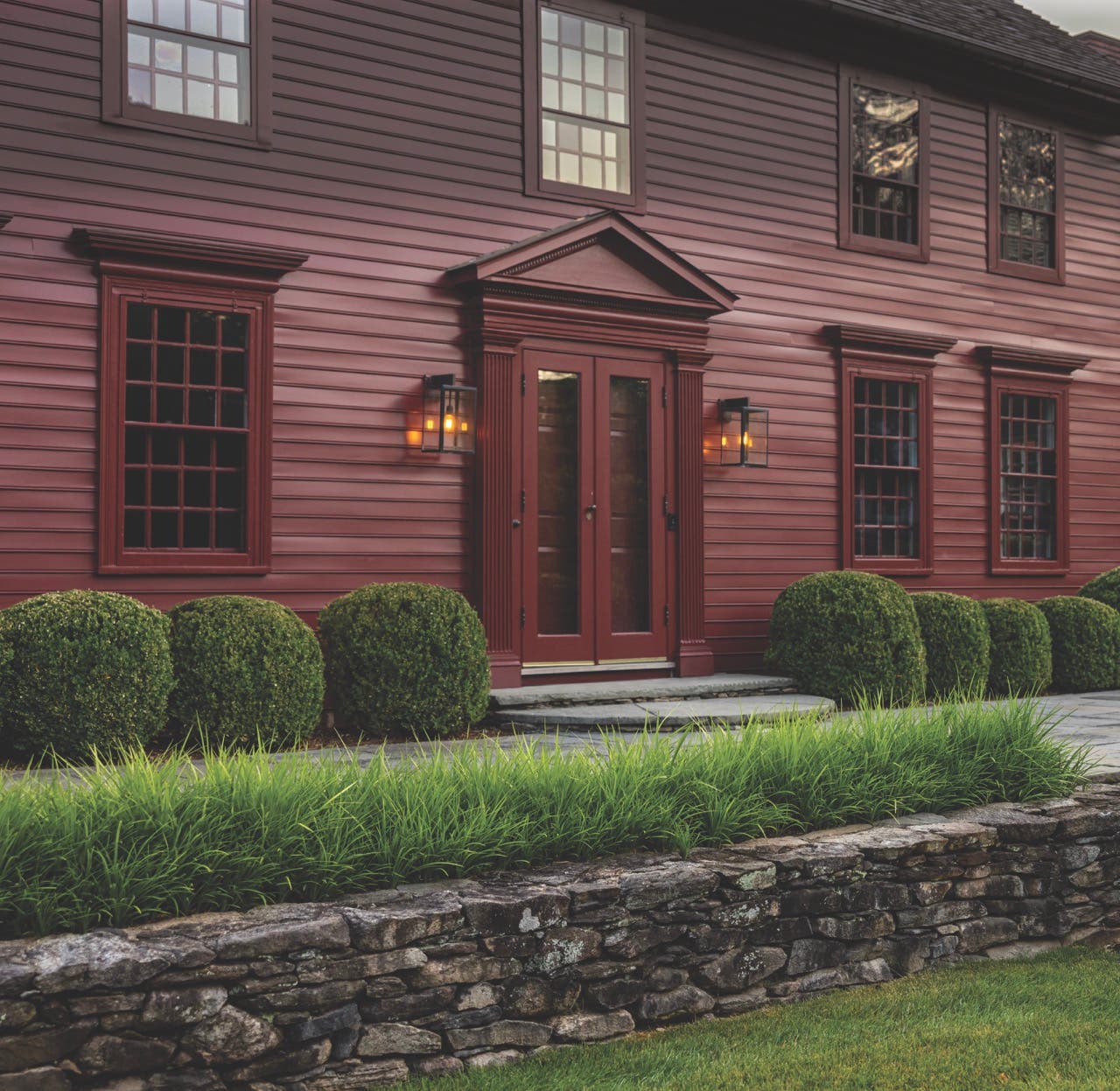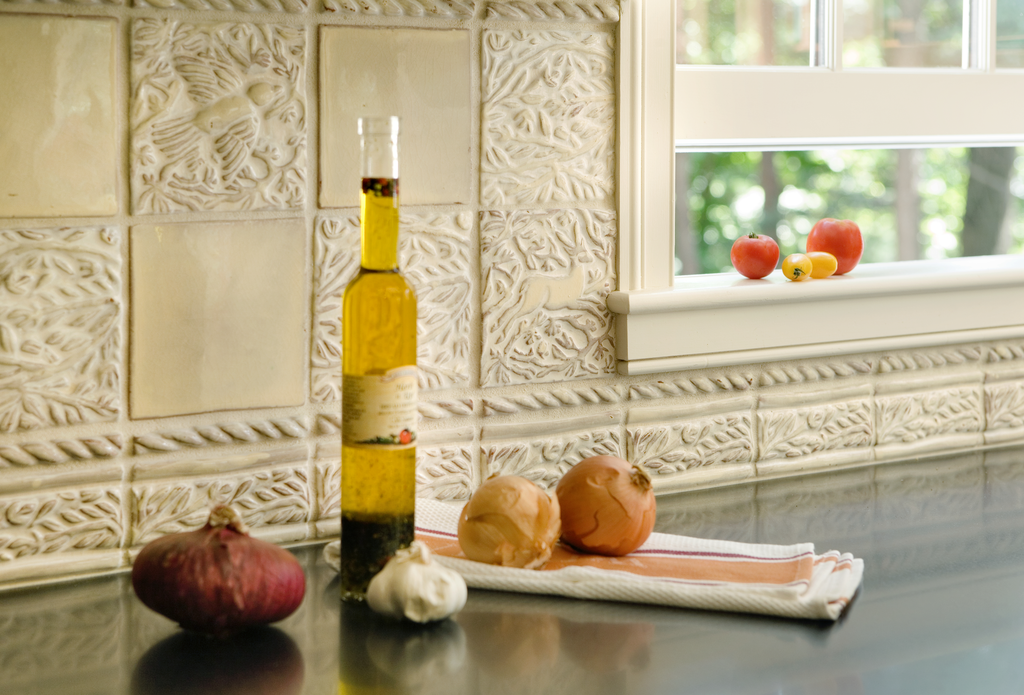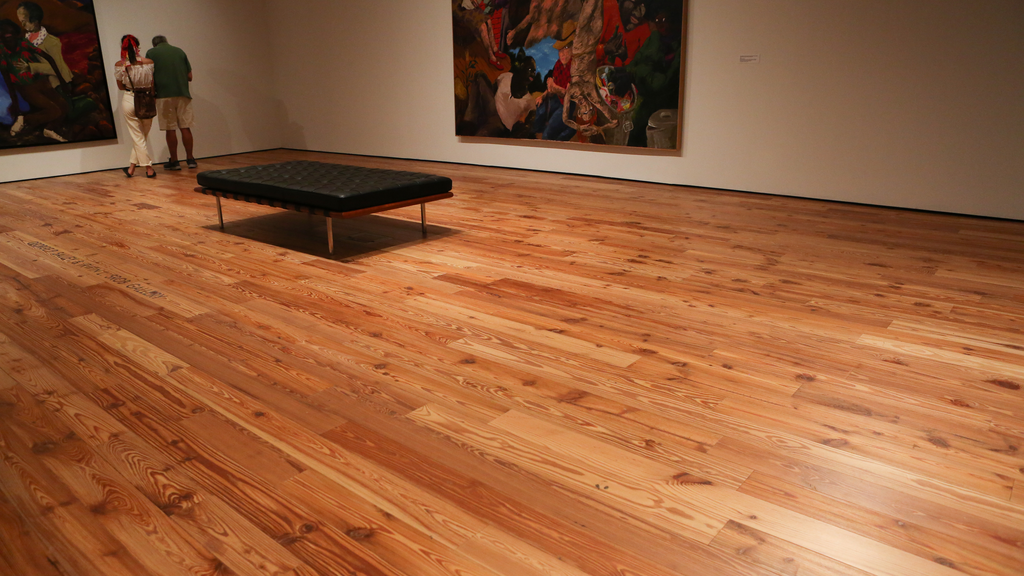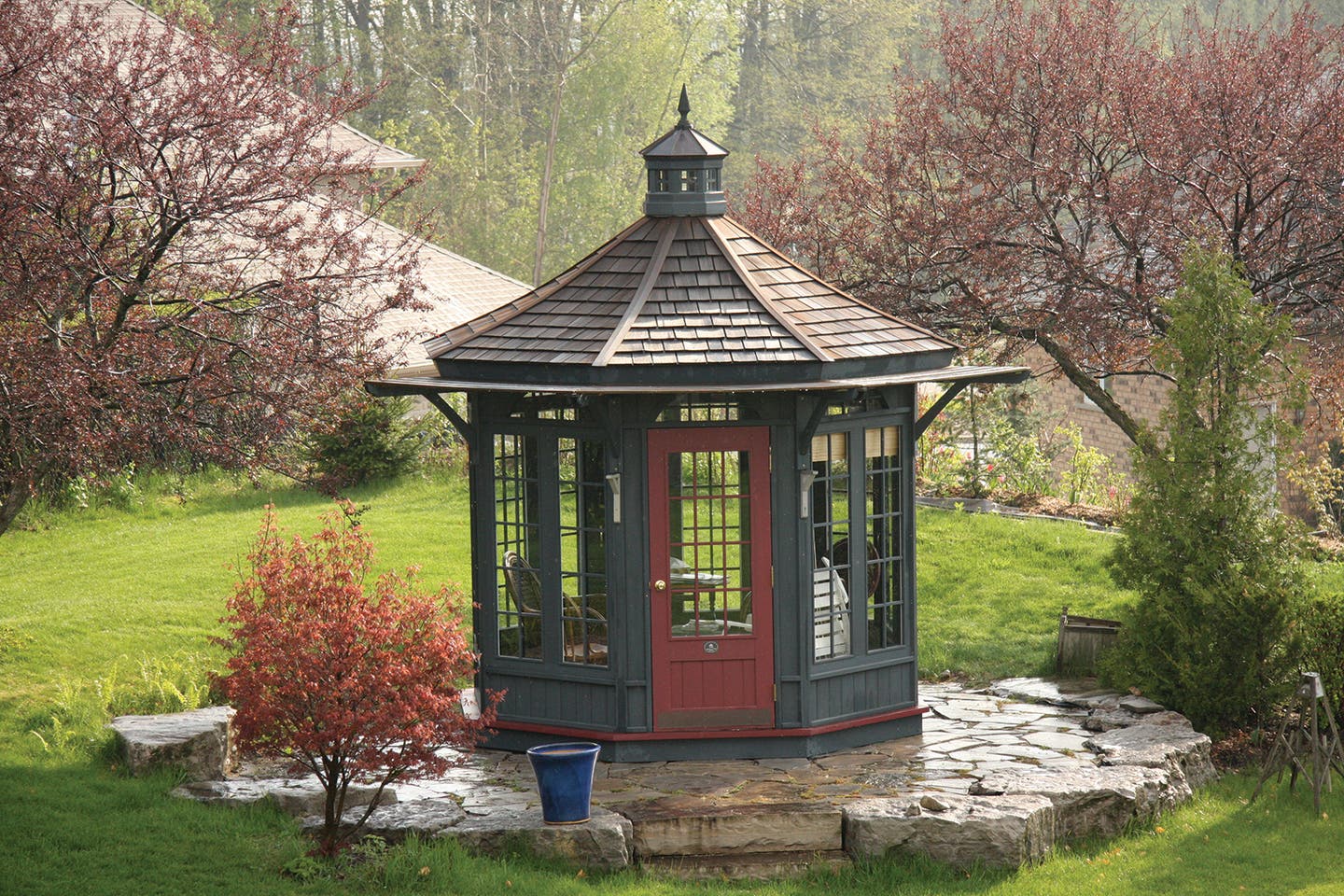
Product Reports
The Many Sides of Period Gazebos
Why does the landscape for a period house seem so much more natural, spatial and comfortable when it’s graced by another house – albeit one a bit whimsical? Whether you call them kiosks, summer houses or just covered seats, the cyclical taste for gazebos has brought them orbiting in and out of lawns and grounds for over 300 years, and judging by the lively industry of suppliers today, their most recent popularity is still on the rise.
By all accounts, the current affair with gazebos started only about 30 years ago. Though the 1960s and ’70s saw interest in historic buildings of all kinds grow from a spark to a smoldering fire, prior to 1980 if you wanted a gazebo you were probably looking at building it yourself – maybe with help from a mail-order plan or, on the high end, an architect. A few short years later, though, that picture had changed with the advent of gazebos in prefabricated form.
The Shifting Garden Gazebo Market
The appeal of a blossoming niche and a better means to serve it attracted some entrepreneurs from widely differing backgrounds to create a brand new industry. Dalton Pavilions of Telford, PA, for example, began as a manufacturer of more utilitarian structures. “When my father started the company, we focused on sheds, garden barns, and the like,” recalls Jerry Dalton. “But just about the time that market was getting crowded in the Philadelphia area, the trend for gazebos started to appear, and we saw a natural opportunity to move beyond sheds.” As a result, Dalton now sells not just locally but around the country, following an increased interest in gardens and outdoor entertaining.
A market shift of another sort is the source of Limestone Trail in Beamsville, Ontario, Canada. After spending years in the boat-building industry, Stewart Jones changed course in 1988 to gazebos because, he says, “I enjoyed the detailed design required by boats, as well as the marketing aspects, and gazebos were a natural transition.” Jones notes that one of Limestone Trail’s first designers came from the boat-building industry too because he was good at small, complex, interior spaces.
From yet another direction came Christopher Peeples of Vixen Hill in Elverson, PA. As Peeples tells it, “Fresh out of college with a science and engineering degree, but slim job prospects, I decided to combine my precision-minded skills with a love of woodworking, so I wrote a program for the construction of a gazebo.” Once he and his business partner had the prototype finished, they moved it out of their Valley Forge woodshop to the side of an old country road as a place to break for coffee. “We really had no idea if there was a market for our gazebo,” says Peeples, “but, as luck would have it, people would stop and say, ‘We’ve been looking for something like this!’ so a business was born.”
Gazebos Through the Ages
The search for “something like this” begs the question of what exactly is a gazebo. Opinions vary, even today, but Andrew Jackson Downing, America’s first popular tastemaker, may have put it best when referred to them as structures that “unite house and grounds.” The gazebo concept has its origins in the 17th and 18th century, when no proper European estate would be without a monument, tower, cottage, grotto or fake ruin or two – landscape focal points with architectural as well as spatial resonance. By the 1870s, American landscape authority Shirley Hibberd noted the practical value of small, roofed, open-walled seats because “the grander the garden, the greater the need for places of retirement.”
Writing in the 1840s, Downing felt strongly that gazebos came in two basic forms: architectural – that is, of a recognized style or idiom (which he suggested could be “Grecian, Gothic, or other forms”); and rustic, where the structure is built out of actual tree limbs and trunks left in their natural state. To this list history adds Eastern/exotic – that is, a gazebo that incorporates motif from the orient or Middle East, such as ogee arches or curving roofs, all of which have been popular in times past to emulate Turkish tents or Japanese teahouses.
The gazebos in today’s market do their best to evoke history – often by incorporating the most widely used 19th-century elements, such as chamfered posts or sawn balusters – while also staying in step with modern needs and building codes. That is not to say that aesthetics aren’t a primary driver of design. “For our customers, the details have got to be ‘bang-on,’” says Jacobs, noting that while the nuances of interiors and up-close finishes are important, that’s only one aspect of a gazebo’s appeal. “It’s got to be something attractive to look at in the dead of winter, and when you’re 20 ft. or more away, it’s the roof slope, the width of the posts, and the proportions of the structure that are what you see.”
Prefab Gazebo Options
Compared with building a detailed gazebo from scratch, or sliding a watered-down version off the back of a truck, the pre-engineering of unconventional, highly ornamental structures that can be shipped to distant sites for swift assembly is no small part of what these companies are selling. In fact, it can be the origin of the business. “One of the reasons we designed our gazebo to be assembled from interchangeable sections is that it was the only way we could get the first model out of the 1790s barn where we made it,” says Peebles. “Back when Courtyard by Marriott began and they specified some of our gazebos, we realized it would be tricky to ship a pie-shaped roof section on a tractor-trailer. To solve the problem, we came up with a two-tiered roof that shipped in two pieces.”
Prefabrication is meant to benefit the end user as well. “We strive to minimize the amount of work needed at the site by doing as much detail work as possible in the factory,” says Dalton. Roofs, for example, are constructed in bolt-together sections that are shipped already partially shingled. Jones takes a similar approach with gazebos that are about 80% complete when they arrive and engineered to be assembled by someone capable of handling a pneumatic impact wrench. “This is especially appealing for export sales,” he says, “because it limits the need to deal with issues like lumber dimensions or sourcing additional materials.”
In the early days, gazebos were usually erected by the end-user – typically homeowners – but since the size of gazebos offered has grown along with their sophistication, the market has gotten more “professional.” Jones, for example, reports that 40% of his business is now to architects, contractors and specifiers, with 60% being consumers. Dalton says that his company deals with very few individuals or end-users; the orders mostly come though architects and landscape professionals. Though bigger gazebos and pavilions may assemble in the same manner as smaller units, they are often put together by contractors – in part because over a certain size municipalities require permanent foundations. “We encourage buyers of all units 9-30 ft. in dia. to consider permanent foundations, as all of our gazebos are designed to last,” says Peeples. In these orders, all three manufacturers are there to help with drawings and specs for tube foundations or engineered pads.
Recent Trends
While gazebos may have found their first wave of modern popularity as fair-weather shelters from sun and sprinkle while eating or entertaining, times and tastes have moved on and the industry has moved with them. “At first, we didn’t make any attempt to keep out insects or add screening,” says Peeples, “but once we got a call from Edwards Air Force Base for such a unit, we changed our thinking.” The base wanted a closed-in gazebo for media interviews, leading Vixen Hill to come up with a system that could also accommodate screen frames as well as wood or glass panels (featured in their Garden House line).
Dalton makes some interesting observations on the market side. “Where there is a growing trend, as in gazebos,” he says, “there is always a drive by some suppliers to reduce the complexity or number of products, and simplify production.” As more players offered off-the-rack, dumbed-down gazebos, however, Dalton found richer turf in the opposite direction. “Our trend has been to move away from mass-production,” he says, “and that has led us to more customized products, such as our Heritage line.” He adds that after selling basically stock gazebos for their first 15 years, as much as half of the Dalton Pavilion business is standard designs that are essentially tailored to the purchasers specs.
Another 21st-century trend manufacturers are following is the call for bigger gazebos – what some companies call pavilions – in sizes as large as 30x50 ft. “It’s not only a less competitive market for us,” says Dalton, “but larger units also allow for more creative possibilities.” Jones also agrees on the growth in enclosed gazebos, such as his Glass House line, as people seek a multi-season use. In these cases, he sees people creating a den atmosphere by bringing in more upholstered furniture and adding amenities, such as a gas fireplaces for heating. “In some cases they’re totally wired for communications to function as an outdoor office,” he adds.
Multi-story Gazebos
When asked about his most interesting order, Jones replies that he meets “some very intriguing people,” and, the more they want their gazebo integrated with their house – to the point of actually attaching it – the more involved they are. For example, one Limestone Trail client, a family with a property north of Toronto, had a large post-and-beam house where every room was finished with a different wood species. “They liked the gazebo because it fitted this timber motif,” says Jones, “and they installed it cantilevered over a trout pond that was beside the house.”
Dalton Pavilions, Limestone Trail and Vixen Hill all do business across North America, with frequent orders from foreign countries and overseas and this too gives rise to some interesting projects. Peeples recalls an order from the royal family in Saudi Arabia. “They wanted all the parts sent to the Middle East,” he notes. “The trick was, nothing could be longer than 30 in., the maximum capacity of the cargo bay. Since they wanted to save the three weeks needed for ocean freight, all the parts were packed in a nose-load 747 and shipped by air.” That’s surely one measure of how far gazebos can go towards uniting house and garden. n
Gordon Bock, longtime editor of Old-House Journal, is a writer, architectural historian, lecturer and technical consultant who comments on historic buildings at www.bocktalk.com.
Gordon Bock, co-author of The Vintage House (www.vintagehousebook.com), is an in-demand speaker for courses, seminars, and keynote addresses through www.gordonbock.com.



